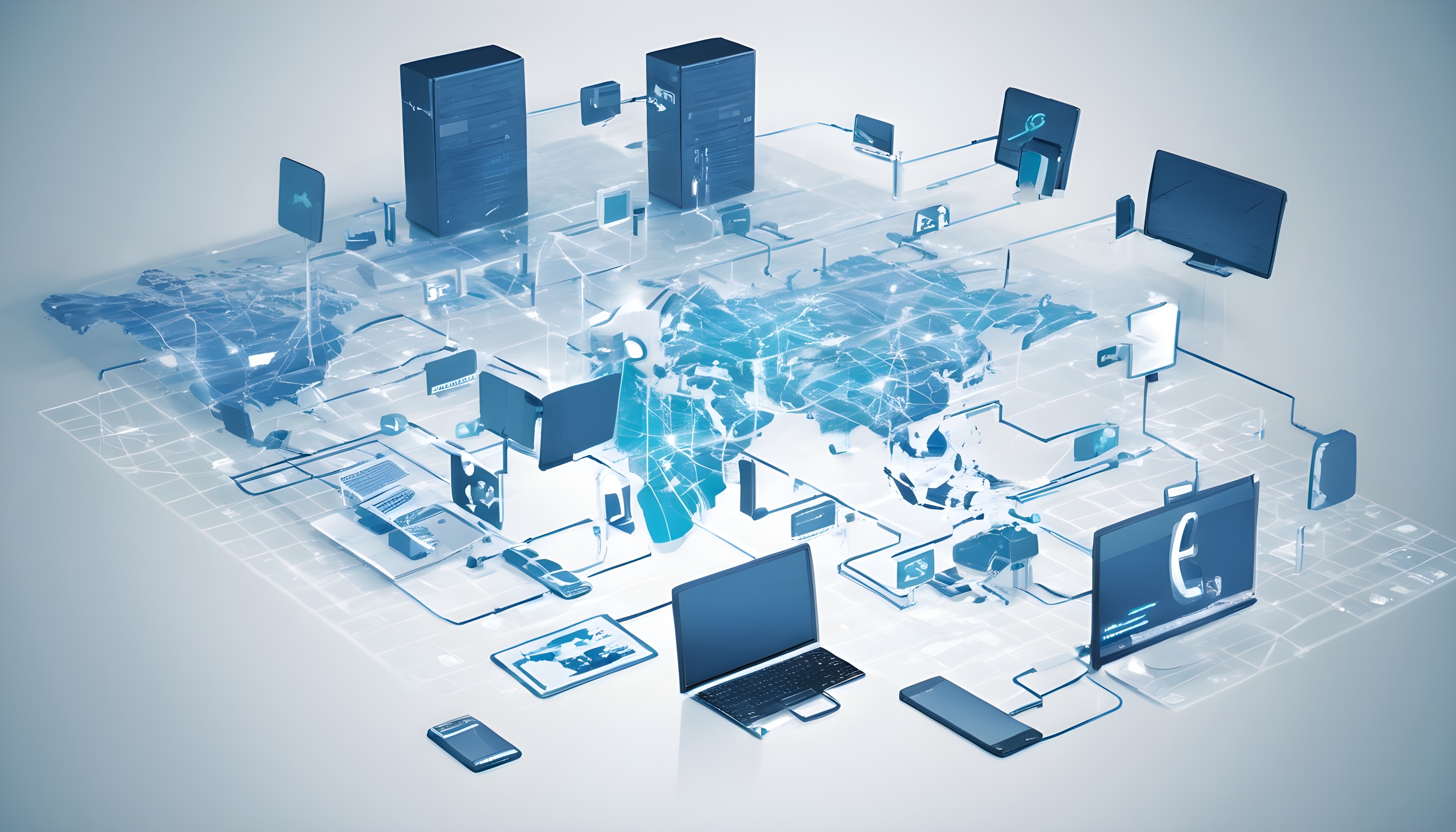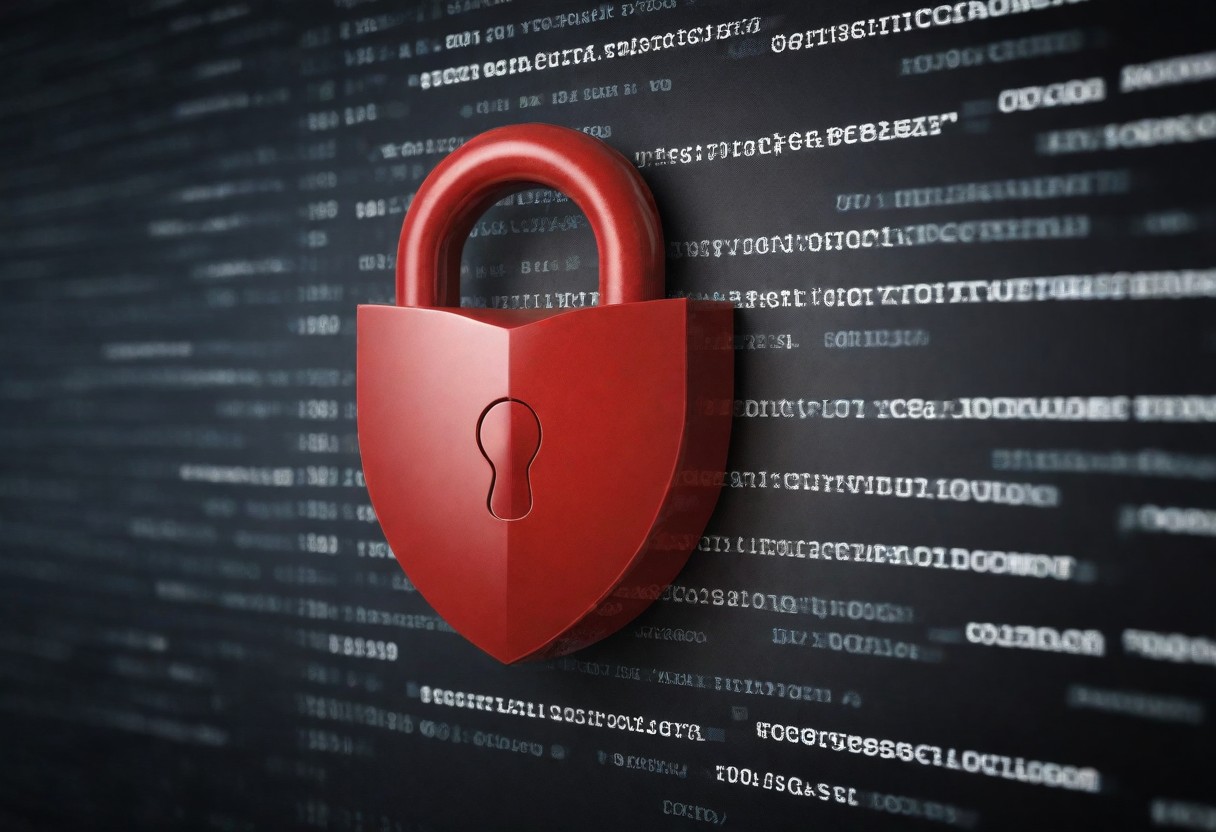E-invoicing Explained: Understanding Modern Billing Standards
-
15 Mar, 2024
-
5 min read

In the past, invoicing processes were entirely paper-based. For some businesses, they still are. But as payment systems and options start to modernise, AR systems (and teams) need to adjust along with it. One example is the growing shift towards e-invoicing, which, contrary to popular belief, is about more than just ditching the paper and going digital.
What is e-invoicing exactly?
While electronic invoicing, or e-invoicing, partly refers to the process of billing your customer digitally instead of in-person or by mail, there is another piece to the puzzle. The digitisation of paper invoices is not the same as e-invoicing. In fact, the crux of e-invoicing lies in the data transfer.
An e-invoice refers to a document transmitted directly from your IT system, often your ERP system, to a corresponding system at your customer's end. These invoices are formatted specially to facilitate direct integration into yours and your customer's systems and are stored in a specific data format (e.g.) whereby the underlying data can be automatically processed by a machine/computer. This means that actual e-invoicing needs to have two distinct functions in place: the e-invoice needs to be created with an underlying, interpretable data structure, and the e-invoice needs to be able to be easily transferred from the seller's system to the recipient's system.
Why send an e-invoice?
More and more regularly, the main driver behind e-invoicing adoption has come from the government level. Government regulations and compliance requirements for e-invoicing have been rapidly increasing, with widespread adoption becoming an inevitable part of modern-day business. However, apart from soon-to-be regulatory requirements, there are a number of growth opportunities that e-invoicing brings to the table, such as:
Sounds great, right? Now, the next question is, how do you send an e-invoice? Well, before we get into the tech side of things, it's essential to take a closer look at the multiple advantages of leveraging e-invoicing as a business, especially regarding day-to-day operations within the AR process.
The advantages of sending vs receiving E-invoices
Sure, there is great significance in moving away from resource-intensive and time-consuming manual invoicing processes, but the real benefits of e-invoicing revolve around the unparalleled level of integration businesses can achieve, not only with their trading systems but across all tools, departments and other business systems. Some of the key benefits (for sending and receiving e-invoices) include the following:
Increased transparency
ERP systems have the potential to function as data silos, housing information controlled by specific departments and segregated from the wider business. However, when invoices are stored in an easy-to-process data structure, this data can seamlessly integrate with other systems across the company. Such integration empowers organisations to base their decisions on up-to-date financial information, enabling them to make informed choices.
Better cash flow
With quicker invoice distribution due to capabilities like automated document and statement distribution, AR teams can finally break the cash flow bottleneck. This massively speeds up the entire collection process, leading to boosted cash flow and lower DSO due to faster document distribution as well as faster payments due to clients being able to process your invoices more quickly.
Enhanced analytics and reporting capabilities
E-invoicing offers the ability to track when invoices are received and opened. Teams can also leverage the data that underlies the documents sent out to obtain data-driven insights on sales, collections, trends, risks and outlying activity.
These granular insights also allow for more comprehensive and automated payment allocation and remittance processes, as AR teams can automatically highlight unallocated payments and request a digital remittance containing all the data the customer would need to provide an accurate remittance.
Enhanced experience for customers:
Client relationship management is a massive part of the AR process, but so is getting paid on time. Fortunately, finance teams no longer have to choose one or the other. By leveraging e-invoicing, customers no longer need to capture invoices manually (or rely on error-prone OCR). This allows customers to experience increased accuracy and reduced margin for error when processing your documentation, placing them in a better position to pay you on time.
Furthermore, communication is made even more accessible and more efficient when your e-invoicing software offers a built-in ability to link invoices with all supporting documentation directly on your e-invoicing platform. This significantly reduces any documentation-related queries, allowing for invoices to be settled more quickly.
Sounds great, but where do we start?
We get it; although beneficial, switching to e-invoicing can feel daunting, especially for businesses that feel as if they're starting from scratch. Fortunately, you're not. You already have all the data you need hiding in your ERP - you just need the right software to help you tap into this data and automate your invoicing and AR processes.
That's where we come in.
As a leading e-invoicing software that's helped thousands of businesses modernise their invoicing methods, with System1A, clients not only get access to core e-invoicing functionality but a suite of complementary tools and data analytics reports that help optimise AR collections and maximise teams' visibility into invoicing, sales and collections processes.
Experience financial information symmetry and automated invoicing and AR processes firsthand.
Book your demo here
What is e-invoicing exactly?
While electronic invoicing, or e-invoicing, partly refers to the process of billing your customer digitally instead of in-person or by mail, there is another piece to the puzzle. The digitisation of paper invoices is not the same as e-invoicing. In fact, the crux of e-invoicing lies in the data transfer.
An e-invoice refers to a document transmitted directly from your IT system, often your ERP system, to a corresponding system at your customer's end. These invoices are formatted specially to facilitate direct integration into yours and your customer's systems and are stored in a specific data format (e.g.) whereby the underlying data can be automatically processed by a machine/computer. This means that actual e-invoicing needs to have two distinct functions in place: the e-invoice needs to be created with an underlying, interpretable data structure, and the e-invoice needs to be able to be easily transferred from the seller's system to the recipient's system.
Why send an e-invoice?
More and more regularly, the main driver behind e-invoicing adoption has come from the government level. Government regulations and compliance requirements for e-invoicing have been rapidly increasing, with widespread adoption becoming an inevitable part of modern-day business. However, apart from soon-to-be regulatory requirements, there are a number of growth opportunities that e-invoicing brings to the table, such as:
- E-invoicing provides greater visibility over your invoice distribution processes as well as the ability to view which invoices were sent successfully, which were opened, etc.
- E-invoicing allows businesses to get ahead of the curve in a space where e-invoicing is being increasingly adopted by companies worldwide.
- E-invoicing opens the door for more significant growth opportunities as some countries/businesses require partners (suppliers/customers) to be able to send/receive e-invoices.
- E-invoicing massively increases process efficiency and reduces manual workload, freeing up internal resources.
Sounds great, right? Now, the next question is, how do you send an e-invoice? Well, before we get into the tech side of things, it's essential to take a closer look at the multiple advantages of leveraging e-invoicing as a business, especially regarding day-to-day operations within the AR process.
The advantages of sending vs receiving E-invoices
Sure, there is great significance in moving away from resource-intensive and time-consuming manual invoicing processes, but the real benefits of e-invoicing revolve around the unparalleled level of integration businesses can achieve, not only with their trading systems but across all tools, departments and other business systems. Some of the key benefits (for sending and receiving e-invoices) include the following:
Increased transparency
ERP systems have the potential to function as data silos, housing information controlled by specific departments and segregated from the wider business. However, when invoices are stored in an easy-to-process data structure, this data can seamlessly integrate with other systems across the company. Such integration empowers organisations to base their decisions on up-to-date financial information, enabling them to make informed choices.
Better cash flow
With quicker invoice distribution due to capabilities like automated document and statement distribution, AR teams can finally break the cash flow bottleneck. This massively speeds up the entire collection process, leading to boosted cash flow and lower DSO due to faster document distribution as well as faster payments due to clients being able to process your invoices more quickly.
Enhanced analytics and reporting capabilities
E-invoicing offers the ability to track when invoices are received and opened. Teams can also leverage the data that underlies the documents sent out to obtain data-driven insights on sales, collections, trends, risks and outlying activity.
These granular insights also allow for more comprehensive and automated payment allocation and remittance processes, as AR teams can automatically highlight unallocated payments and request a digital remittance containing all the data the customer would need to provide an accurate remittance.
Enhanced experience for customers:
Client relationship management is a massive part of the AR process, but so is getting paid on time. Fortunately, finance teams no longer have to choose one or the other. By leveraging e-invoicing, customers no longer need to capture invoices manually (or rely on error-prone OCR). This allows customers to experience increased accuracy and reduced margin for error when processing your documentation, placing them in a better position to pay you on time.
Furthermore, communication is made even more accessible and more efficient when your e-invoicing software offers a built-in ability to link invoices with all supporting documentation directly on your e-invoicing platform. This significantly reduces any documentation-related queries, allowing for invoices to be settled more quickly.
Sounds great, but where do we start?
We get it; although beneficial, switching to e-invoicing can feel daunting, especially for businesses that feel as if they're starting from scratch. Fortunately, you're not. You already have all the data you need hiding in your ERP - you just need the right software to help you tap into this data and automate your invoicing and AR processes.
That's where we come in.
As a leading e-invoicing software that's helped thousands of businesses modernise their invoicing methods, with System1A, clients not only get access to core e-invoicing functionality but a suite of complementary tools and data analytics reports that help optimise AR collections and maximise teams' visibility into invoicing, sales and collections processes.
Experience financial information symmetry and automated invoicing and AR processes firsthand.
Book your demo here
Related insights






